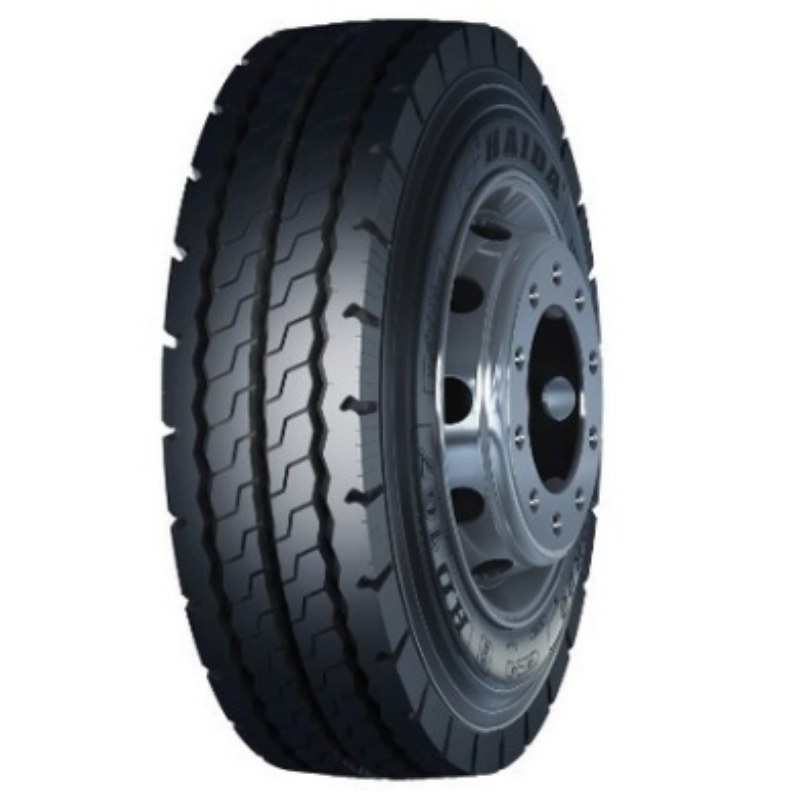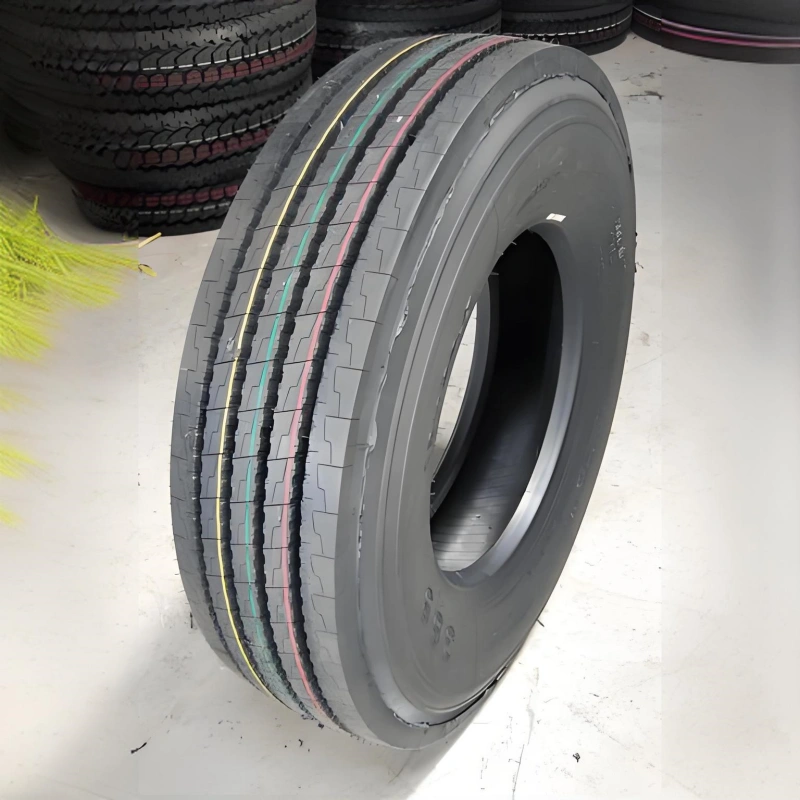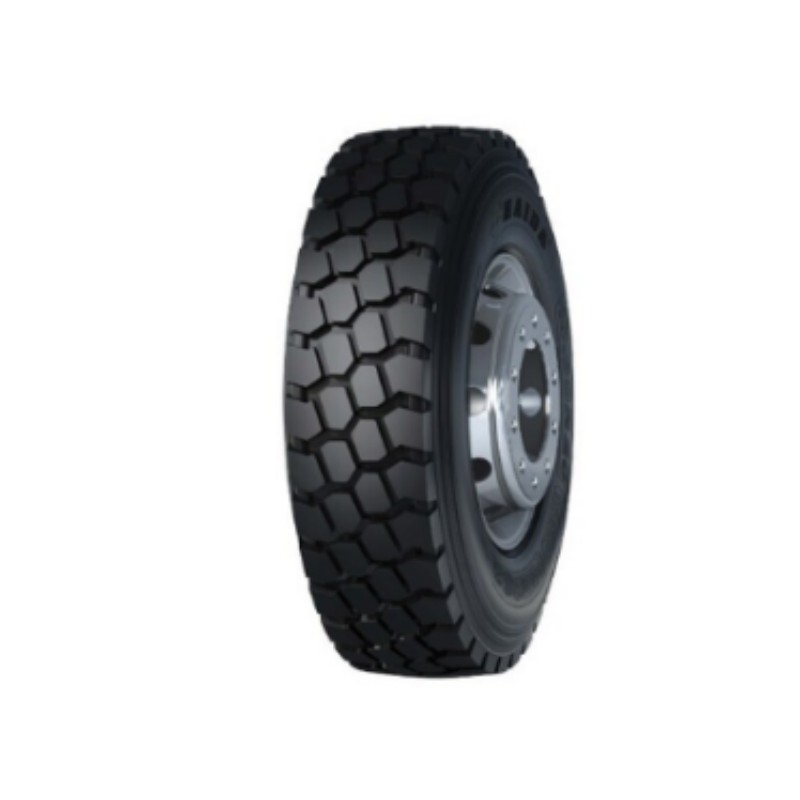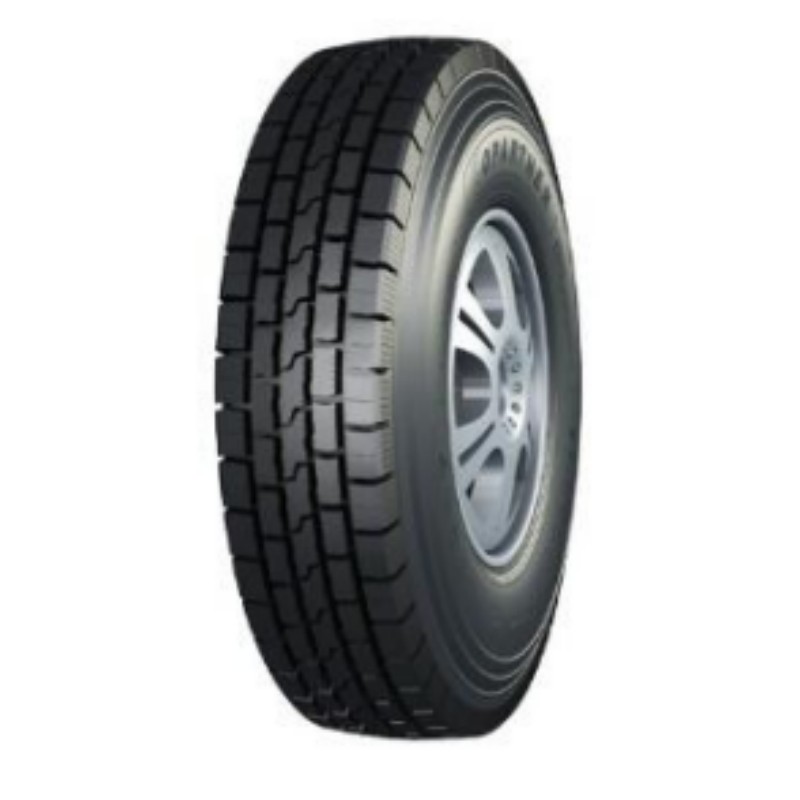Features of Haida Truck Bus/TBR Tyre HD167
1. Haida Truck Bus/TBR Tire HD167 is suitable for well-paved roads, all-wheel tires, suitable for medium and high speeds.
2. Haida Truck Bus/TBR Tire HD167's unique high wear-resistant formula system has excellent super wear-resistant, durable, and low heat generation properties.
3. Haida Truck Bus/TBR Tire HD167 has good bearing capacity, super durable bead structure, excellent high-speed durability, and unique shoulder design for good heat dissipation.
4. Haida Truck Bus/TBR Tire HD167 has strong high-speed running stability, super wear resistance and partial wear resistance.
The above product features of Haida Truck Bus/TBR Tire HD167 determine that it will be very popular in Canada. Wear-resistant, durable, good heat dissipation. The price is favorable and the market competitiveness is high.
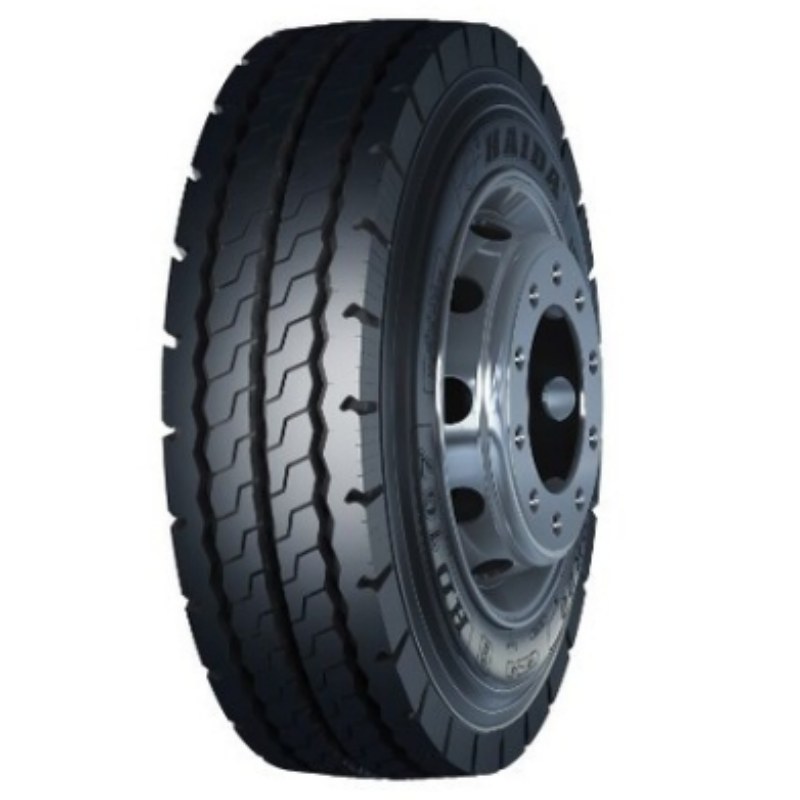
Main Sizes and specification of Haida Truck Bus/TBR Tyre HD167
Specification | level | Load index | Speed Class | Standard Rim | Section width | Outer diameter |
6.50R16 | 12 | 110/105 | L | 5.50F | 185 | 750 |
7.00R16 | 14 | 118/114 | L | 5.50F | 200 | 775 |
7.50R16 | 14 | 122/118 | L | 6.00G | 215 | 805 |
8.25R16 | 14 | 126/122 | L | 6.50H | 235 | 855 |
8.25R16 | 16 | 128/124 | L | 6.50H | 235 | 855 |
8.25R20 | 16 | 139/137 | K | 6.5 | 236 | 974 |
9.00R20 | 16 | 144/142 | K | 7.0 | 259 | 1019 |
10.00R20 | 16 | 146/143 | K | 7.5 | 278 | 1054 |
10.00R20 | 18 | 149/146 | J | 7.5 | 278 | 1054 |
11.00R20 | 18 | 152/149 | J | 8.0 | 293 | 1085 |
12.00R20 | 18 | 154/151 | J | 8.5 | 315 | 1125 |
The following is some knowledge about tires that we share for Canadian customers, hoping to be helpful to everyone.
Tire identification
1. Specifications and technical parameters
①Tire outer diameter: It is the diameter of the tire when there is no load after the tire is installed on the corresponding rim and inflated according to the specified pressure.
②Total tire width: refers to the maximum width of the tire including the text and pattern on the side of the tire (expressed in mm).
③Applicable rim width: It is the rim width suitable for tire performance. Standard rim: the most suitable width and shape (expressed in in). Applicable rims: available rims.
④Rim diameter: refers to the rim diameter of the wheel suitable for the tire, which is the same as the inner diameter of the tire (expressed in in).
⑤Tire section width: the width (expressed in mm) by removing the text on the side of the tire and the thickness of the pattern from the total width of the tire.
⑥Tire height: 1/2 of the number obtained by subtracting the diameter of the rim from the outer diameter of the tire.
⑦Tread width: It is the width of the tire tread. Refers to the width of the most protruding part of both sides.
⑧Tread radius: refers to the radius of curvature of the tread part.
2. Load index
The ability (maximum) that a tire can bear weight is called the load capacity, and the load capacity represented by an index is called the load index.
3. Tire pattern effect
①Drainage effect; ②Improve handling and stability; ③Increase the braking force, driving force and traction force of the tire; ④The heat dissipation effect of the tire.
Basic characteristics of tires
1. Static
When an inflated tire is loaded, the tire will "bend". There are three types of such bending: longitudinal bending, edge bending, and lateral bending, and they are essential elements for tire functions.
2. Dynamic
The causes of tire rolling resistance: ① Energy loss due to repeated deformation of tire components; ② Resistance due to friction between tire and road surface; ③ Air resistance of tire.
3. Drainage performance
When driving at high speed on a water-logged road, because the grooves of the tire cannot completely drain the water from the road, a water film enters between the tread and the road, thereby causing the tire to float from the road. The result is that the tires skid on the water, a condition known as flotation.
4. Standing wave phenomenon
Although the tire is round, it does not use a line but a surface when it contacts the road surface. This deformation and restoration of the grip portion is repeated even during rotation. When running at high speed, this deformation does not return even after gripping is completed, and shock waves remain in the rear of the gripping portion. This fluctuation phenomenon is called "standing wave phenomenon".
5. Tire side resistance/side stiffness
The more rigid the tire (increased air pressure, wider rim width, radial construction, less flatness), the higher the lateral stiffness. However, if the air pressure and rim width are not controlled within the allowable range, it will be very dangerous.
As the load increases, the lateral resistance will also increase. However, after the recommended load of the tire is exceeded, the lateral resistance will gradually decrease.
When driving on wet roads, friction decreases and therefore lateral resistance decreases.
6. Noise
Main sources: pumping noise, pattern pitch noise, tread sidewall vibration, bell mouth effect.
If you are engaged in tire import or will be engaged in tire import business in Canada, welcome to cooperate with us. We will provide you with high-quality, low-cost tire products. We have many years of experience in exporting tires to Canada, and we are familiar with each process, so we can ensure the smooth progress of the transaction.
